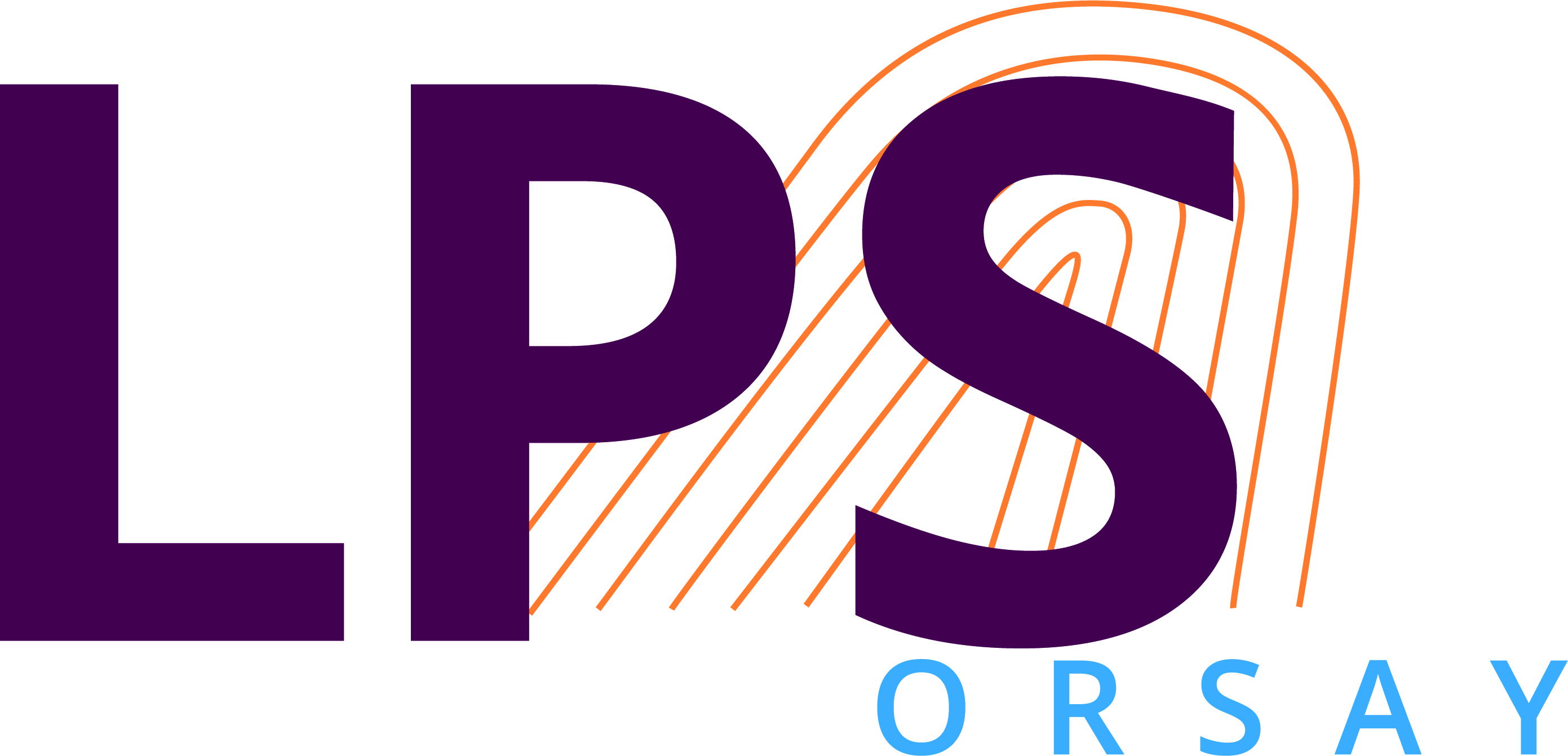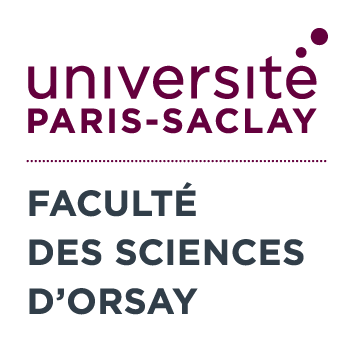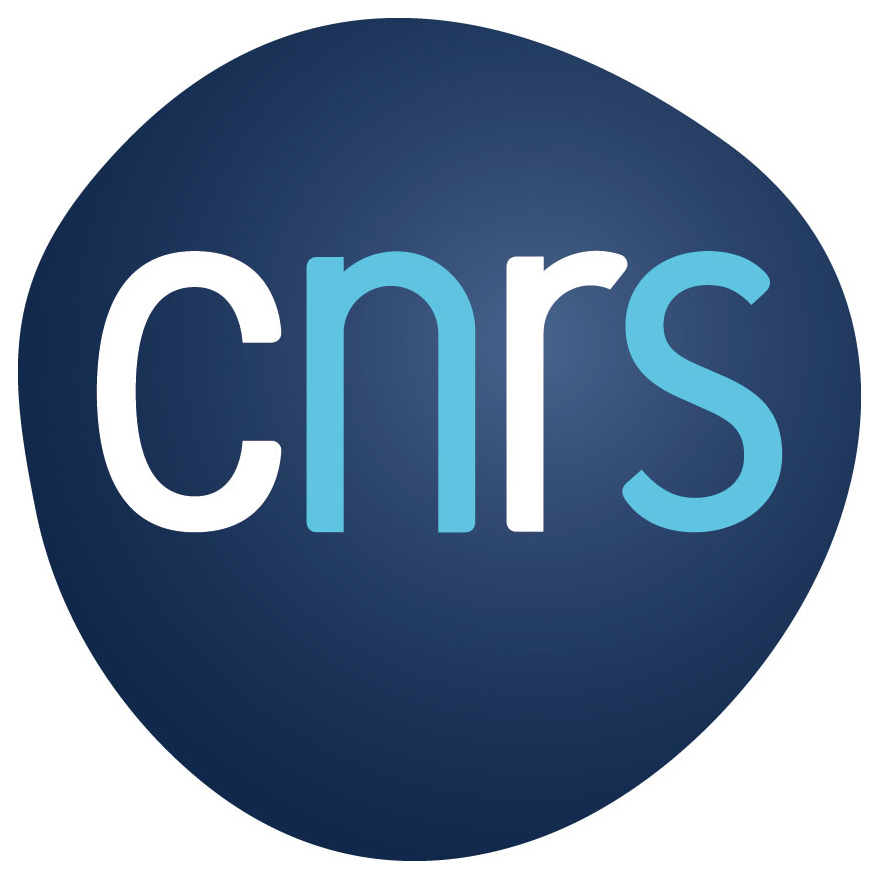Reversal of skyrmion topological deflection across the angular compensation in GdCo ferrimagnetic thin-film
Résumé
Magnetic skyrmions are topologically non-trivial swirling magnetic textures. Their
particle-like properties and defined chirality imposed by chiral interaction such as the
Dzyaloshinskii-Moriya interaction, enables their efficient manipulation by
spin-polarized currents. They have been well described in ferromagnetic materials
[1], where they display a large sideways deflection proportional to the material’s
angular momentum density Ls [2], which is detrimental to most applications.
Rare Earth/Transition Metal (RE/TM) ferrimagnets, such as GdCo, offer promising
properties to tackle this issue. Indeed, the different nature of the two
antiferromagnetically-coupled magnetic sub-lattices allows to tailor the Ls of the
material by changing either its temperature or composition. In particular, it is even
possible to change the sign of the net Ls across the angle compensation point which
is predicted to reverse the skyrmion deflection angle. It has been shown that
deflection of domains with chiral domain walls reverses when crossing the
compensation temperature [3] and that skyrmion deflection is reduced near
compensation temperature relative to that observed in ferromagnets [4].
We present clear evidence of the reversal of the topological deflection angle of
skyrmions in GdCo across the compensation composition. We produced two thin-film
samples on either side of the compensation composition, with a small out of plane
anisotropy to stabilize skyrmions . The skyrmions' positions before and after current
pulses, propagated by current-induced spin-orbit torques, are measured by
magneto-optical imaging, and clearly show that the deflection angle in the two
samples is of opposite sign . This result shows unambiguously how the skyrmion
topological deflection can be tuned and suppressed in RETM ferrimagnets and
paves the way towards deflectionless skyrmions at room temperature and zero
magnetic field.
[1] C. H. Marrows, K. Zeissler, Appl. Phys. Lett. 119, 250502 (2021)
[2] Jiang, W., Zhang, X., Yu, G. et al., Nature Phys 13, 162–169 (2017)
[3] Hirata, Y., Kim, DH., Kim, S.K. et al., Nat. Nanotechnol. 14, 232–236 (2019)
[4] Woo, S., Song, K.M., Zhang, X. et al., Nat Commun 9, 959 (2018)



